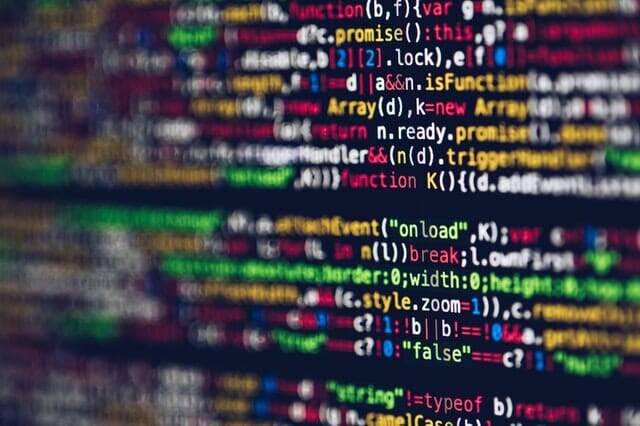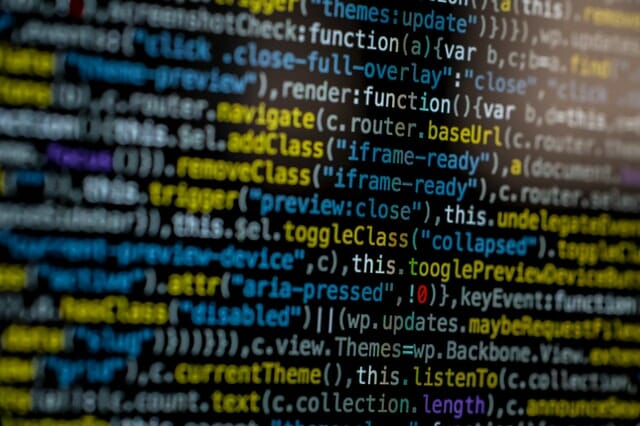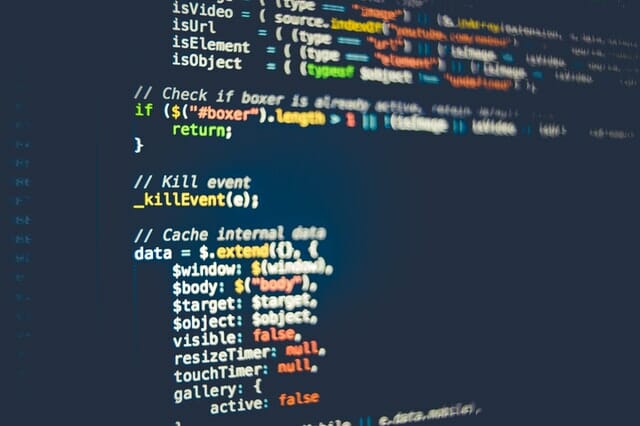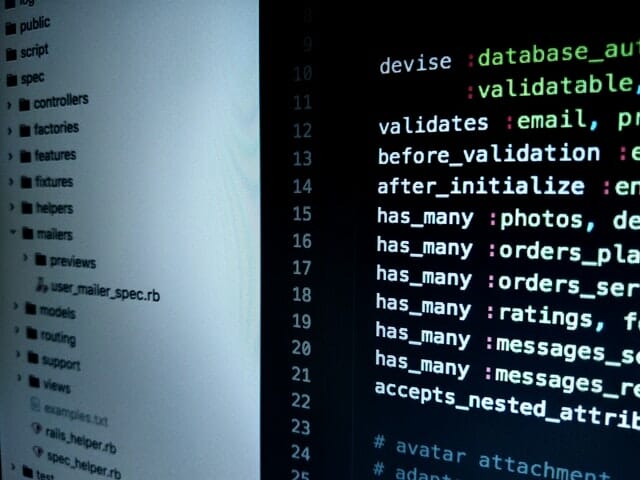
End-to-end tests are a crucial part of the software development lifecycle of any software system. The testing pyramid consists of three layers: unit tests, integration tests, and end-to-end tests.
Without end-to-end testing, there is no way to ensure software quality. E2E testing creates confidence in the entire application and ensures that the various system components function as expected. This includes every line of code and every feature of the application.
This guide will explore the importance of end-to-end tests in software testing methods, how it works, and where end-to-end tests can be applied.
We'll compare end-to-end testing and system testing and tackle some of the possible challenges you may encounter.
Let's start with a basic definition of end-to-end testing.

End-to-end testing is a software testing method that provides complete test coverage from beginning to end. Also called E2E testing, the goal is to simulate a real-user scenario with typical user functions, so every aspect of the software system is thoroughly tested.
End-to-end tests check overall integration and data integrity and, as such, are often run in conjunction with integration testing and unit testing.
Unit testing primarily focuses on the smallest components of modern software systems, for example, running tests on API endpoints and functional and system testing.
Unit tests allow the test team to focus on small components to ensure that every piece works together.
Integration tests aim to ensure that every piece works together properly. However, even though integration testing ensures that the whole software system is reliable, it does not cover all the systems. This is why end-to-end tests are so necessary for running tests on multiple systems and overall functionality.
E2E testing uses techniques that simulate an actual user navigating around the software system. It replicates actions that a user would take to ascertain whether the results align with the expected outcome or software requirements.
Here are some examples of UI testing user functions:
QA teams would do all these user functions in a test environment created to replicate the production environment. It would require similar input and output data, replicated databases, the same API services used, and the same devices that users would typically use.
In some instances, it's not possible to perfectly simulate some services. In such cases, you would imitate or fake the services as best possible. It's essential to avoid this as much as possible because simulating services reduces the accuracy of real user scenarios.

End-to-end testing involves test suites with multiple test cases that follow the flow of the software system and its subsystems and discovers breaks in the flow that cause errors. There are four stages to end-to-end testing:
The test team plans and designs the software testing project in this stage. They look at what will affect user functions and how they will measure the test progress. This stage also forms part of enterprise resource planning. The QA team has to allocate people and other resources to the project and ensure that all external dependencies are met.
Testing teams look at the application from the user's point of view and write test cases based on required functionality. The user function is determined by specific conditions, including sequence, data conditions, and timing.
Writing tests is as important as test execution. QA teams have to prepare all test cases with real user scenarios in mind. Every test case has to serve as part of the overall testing process with the ultimate goal of ensuring software quality.

Once the QA team has prepared the test suites with good test cases that ensure appropriate test coverage, it's time for the testing process to begin. Testers run each separate test case on various devices, including mobile devices and different operating systems, and in variable conditions. End-to-end testing must cover all aspects of the software system, including interconnected sub systems.
As testers run each test case, some will fail. When a test fails, the developer debugs the code that broke or reports on how the functionality requirement of the software system has not been met. Once changes are made, or the code is fixed, the test team re-runs the test. QA teams repeat this process until each test passes.
It's essential to look at the results of all the test cases to determine major risk factors and defects in the software. Part of the test results analysis is reporting on the open and closed defects status.

There are two main types of end-to-end testing, manual and automated.
In manual testing, the tester will use end-to-end tests as they pretend to be a user using the software's functionality. The tester would typically use a range of devices and screen sizes to determine whether the application works as it is intended in various environments.
An example of this is testing the steps involved in buying a product online. The tester would use mobile devices and desktop devices to navigate to the product, add it to the cart, open the cart and purchase the item. This test aims to determine if there are any steps in the flow that break. Test execution is done manually by one person, step by step.
The ultimate goal of automated end-to-end testing is the same as using the manual method. The difference is that E2E test cases are pre-scripted and then executed by testing tools.
Automated testing makes it easier to validate that the software is functioning appropriately and meeting requirements because it offers more advanced capabilities and the ability to run multiple test cases simultaneously.

Manual testing requires running test cases by hand and involves human intervention. If the tester makes a mistake, it can affect the effectiveness of the software testing.
With test automation, tests run automatically without human intervention, which leads to improved accuracy. However, there are some benefits to manual testing, for example:
Conversely, there are many benefits to automated tests - Here are a few Automated Testing Benefits:
Overall, automated testing is faster and more accurate than taking a manual approach, which is resource-intensive. The initial investment for automated testing is higher, but the ROI is better over time.
Now, let's explore the differences between E2E testing and system testing.

End-to-end testing and system testing have a lot in common. However, there are significant differences between the two. Let's look at how software systems testing suites are developed to explore these differences.
The first step of software system testing is to identify requirements. In simple terms, this is a list of what the application should be able to do based on needs analysis and the definition of the project's scope.
The requirements analysis results are broken into components that can be developed, changed, and tested individually. Developers eventually use these components to build user functions.
The third step is to test each component as an individual unit. This type of testing is a way to test the smallest part of the code that can be isolated in a logical way. This is usually a function, method, subroutine, or property. It's an integral part of testing the whole software system because it provides overall confidence.
The next step is integration tests, whereby QA teams simultaneously test two or more components. This is where system testing becomes relevant. Integration testing involves testing all of the components in the system to ensure that it matches every functional and non-functional requirement.
Once the integration tests are concluded, it's finally time for end-to-end testing. This involves running functional tests that test the system's flow to ensure that all the functional requirements are met.
We'll use shopping on an e-commerce site as an example to illustrate the differences between system testing and end-to-end testing.
Effective system testing will ensure that specific requirements have been fulfilled:
Effective end-to-end testing achieves the same result, but it is a more in-depth process:
System testing is there to find defects in the components of software systems, while end-to-end testing is there to find issues with the flow of the software systems.
Therefore, the main difference is that end-to-end tests test the software from one point to another, and system testing tests the system's components generally.

E2E testing is not just about testing the user interface. Various components make up the user interface.
If, for example, your test environment is a blog site, the system will use an API to retrieve the content from a database. This means the blog site has to be tested in different ways:
Here's a checklist that can help make E2E testing easier:
The database's data integrity has to be tested. It has to be organized and stored correctly, and you should be able to read and update it correctly.
It must be easy for users to navigate the webpage and also that every page and every feature loads quickly. End-to-end testing involves testing all external interfaces for performance and speed.
Use vulnerability testing tools to ensure that web application security is at optimal levels. It's essential for users who make purchases to feel and be safe on the website.
Functionality is the main reason behind tests. Use unit testing and E2E testing to ensure that all features function as expected.
If every component is functional, it should be usable. A system is pointless if users can't use it. E2E testing for usability involves events on elements, such as clicks and navigation.

E2E testing is instrumental and essential for testing purposes. However, it can have its challenges. Let's explore some of the potential pitfalls and how to overcome them.
If you are running a test for logging into a Gmail login page, it's easy to determine the steps the user would take. On the other hand, the required scenario is more challenging if you're using a dashboard with various elements.
To overcome the challenge of determining appropriate scenarios, you can work out end-to-end test scenarios by talking to users and looking at original requirements.
There are so many factors in a production environment that it's not always easy to recreate them in a test environment.
There are many variables from environmental factors like the internet connection to how each individual who works on the system will attempt to use it.
To overcome this challenge, it's always best to use high-quality testing automation platforms like Scriptworks.
There are so many services that this decision can become quite a challenge. When choosing a testing framework or service, you want high-quality testing and access to powerful automation tools. Here are some options to consider when you are making this decision:

This article determined how necessary end-to-end tests are and their role in the overall user experience in a software application. We looked at how an end-to-end test works. We explored manual vs. automated testing and looked at types of automated testing.
Finally, we covered the differences between E2E testing and system testing and tackled some of the challenges you may experience with E2E testing.
In conclusion, end-to-end tests are an integral part of the testing pyramid, and it's always best to talk to professionals to ensure that your end-to-end test plan is adequate.
